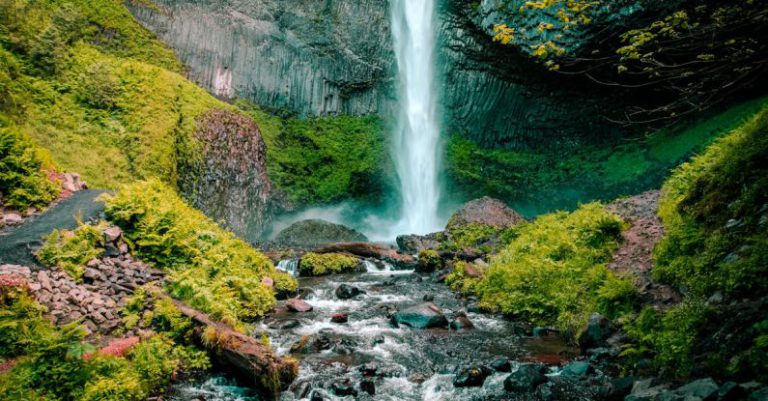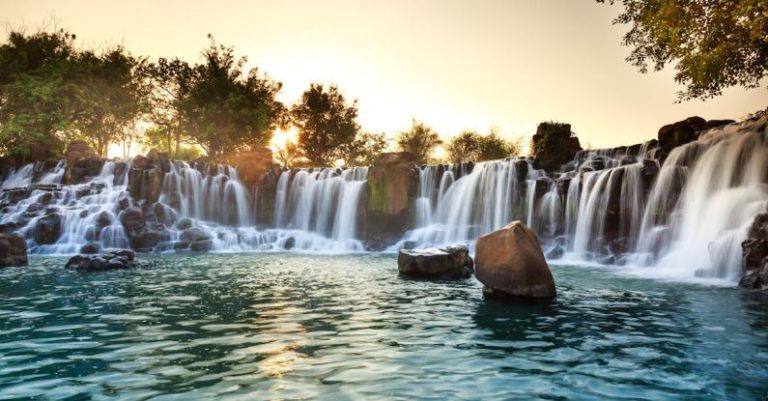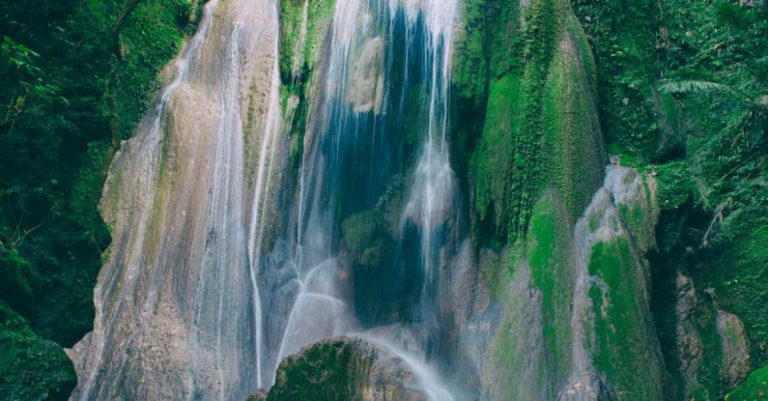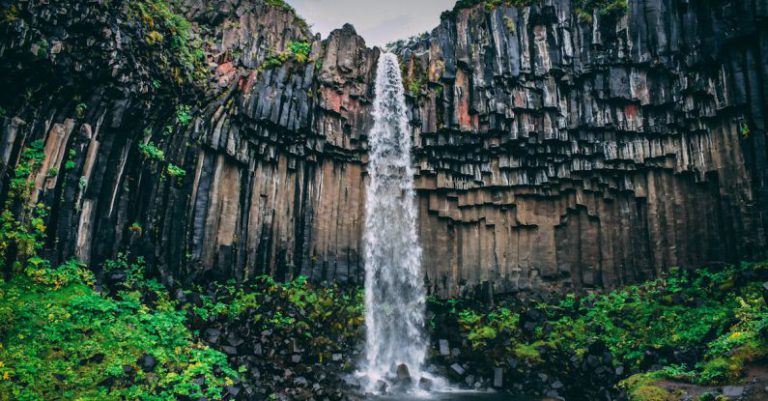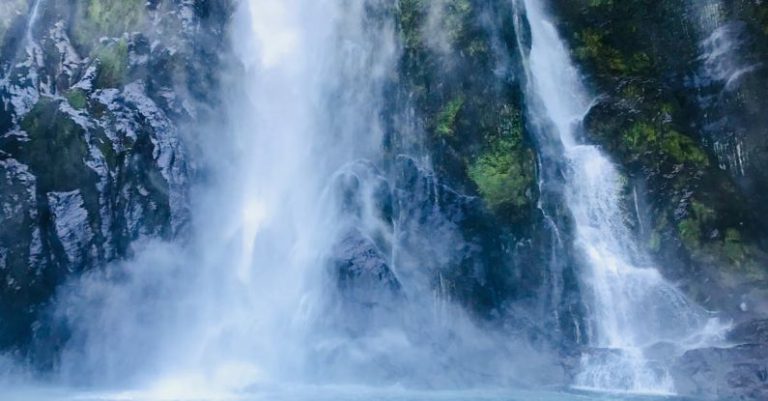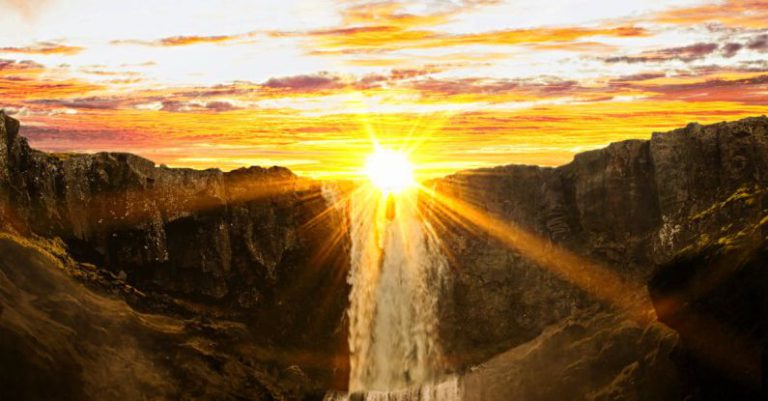
Capturing the Beauty of Waterfalls: A Photographer’s Guide
Waterfalls are a captivating subject for photographers, presenting a unique set of challenges and opportunities. To photograph waterfalls like a pro, it requires a combination of technical skill, creative vision, and an understanding of the natural elements at play. In this guide, we will explore the key techniques and tips to help you master the art of waterfall photography.
Choosing the Right Gear
When it comes to photographing waterfalls, having the right gear can make a significant difference in the quality of your images. A sturdy tripod is essential to keep your camera stable and prevent blurriness in long exposure shots. A wide-angle lens can help capture the grandeur of the waterfall and its surroundings. Additionally, a polarizing filter can minimize glare and enhance the colors in your photos, especially useful when shooting in bright sunlight.
Mastering the Art of Long Exposure
One of the most popular techniques for capturing the beauty of waterfalls is using long exposure photography. By using a slow shutter speed, you can create a smooth, silky effect on the flowing water, adding a sense of motion and dynamism to your images. To achieve this effect, set your camera to a low ISO to reduce noise, use a small aperture for a greater depth of field, and experiment with different shutter speeds until you achieve the desired effect.
Finding the Right Composition
Composition plays a crucial role in creating visually striking waterfall photographs. When framing your shot, consider the elements in the scene and how they interact with the waterfall. Look for leading lines, such as rivers or rocks, that guide the viewer’s eye towards the waterfall. Incorporate foreground elements to add depth and perspective to your composition. Experiment with different angles and perspectives to find the most compelling composition for your shot.
Working with Natural Light
Lighting can make or break a waterfall photograph. The best time to photograph waterfalls is during the golden hours of sunrise and sunset when the light is soft and warm, creating a magical atmosphere. Avoid harsh midday sunlight, which can cause overexposure and harsh shadows in your images. If you must shoot during the day, consider using a neutral density filter to reduce the amount of light entering your camera and achieve a more balanced exposure.
Capturing the Details
Waterfalls are not just about the grandeur of the entire scene but also the intricate details that make them unique. Zoom in on specific elements, such as cascading water or swirling patterns, to capture the beauty in the details. Experiment with different focal lengths and perspectives to highlight the textures and patterns in the waterfall, creating visually engaging images that draw the viewer in.
Embracing Creativity
While technical skills are essential in waterfall photography, don’t be afraid to experiment and let your creativity shine through. Try unconventional angles, play with reflections, or incorporate elements of nature, such as foliage or wildlife, into your compositions. By thinking outside the box and pushing the boundaries of traditional waterfall photography, you can create images that stand out and truly capture the essence of these natural wonders.
In summary, photographing waterfalls like a pro requires a combination of technical skill, creative vision, and a deep appreciation for the beauty of nature. By mastering the art of long exposure, choosing the right gear, and focusing on composition and lighting, you can create stunning waterfall images that showcase the awe-inspiring beauty of these natural wonders. So grab your camera, head out into nature, and let your creativity flow as you capture the magic of waterfalls through your lens.
